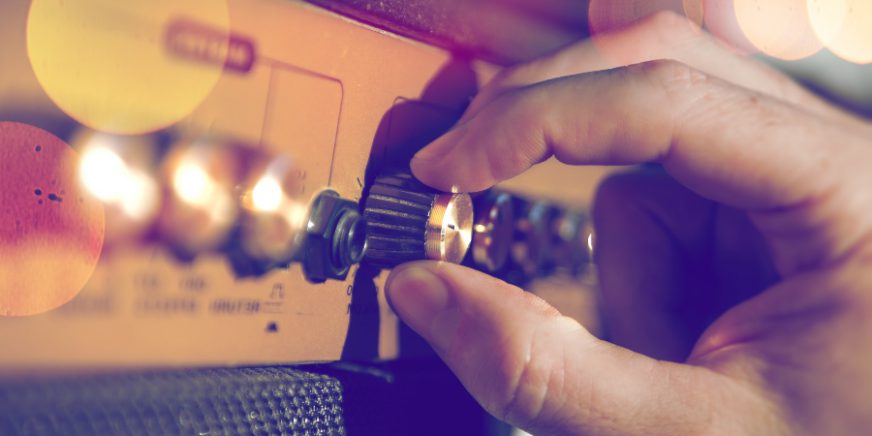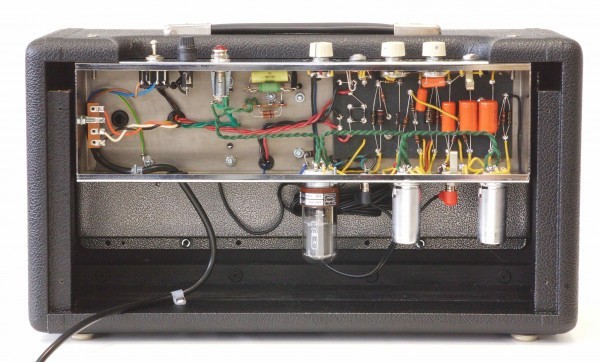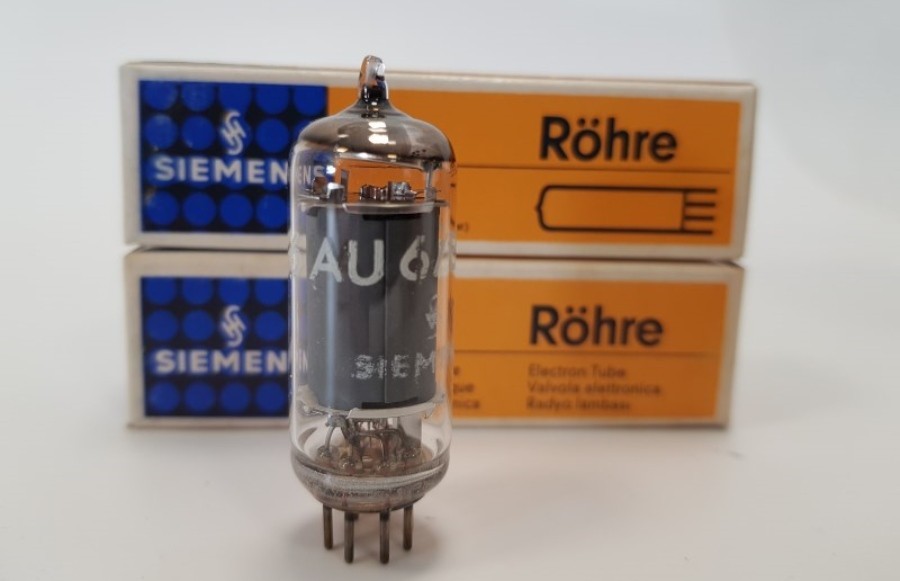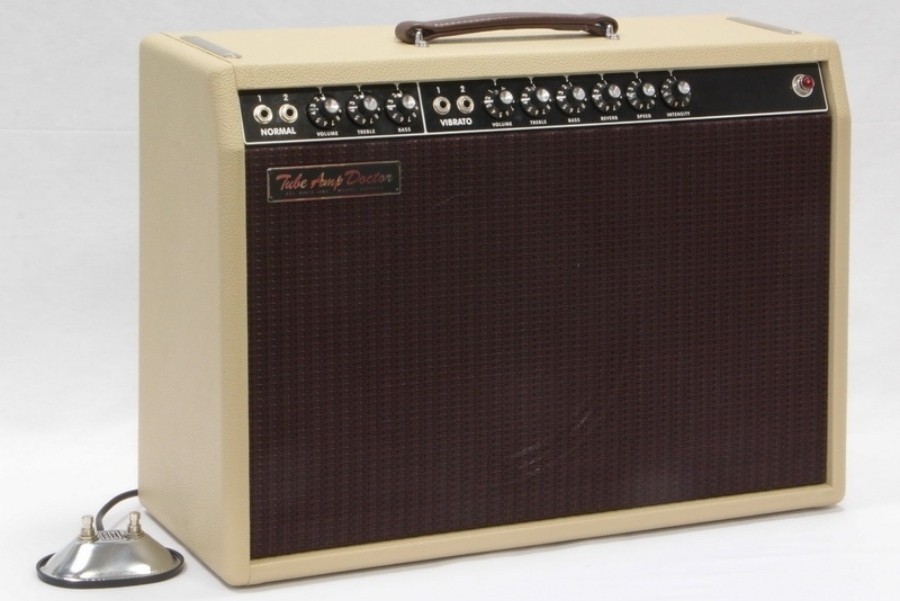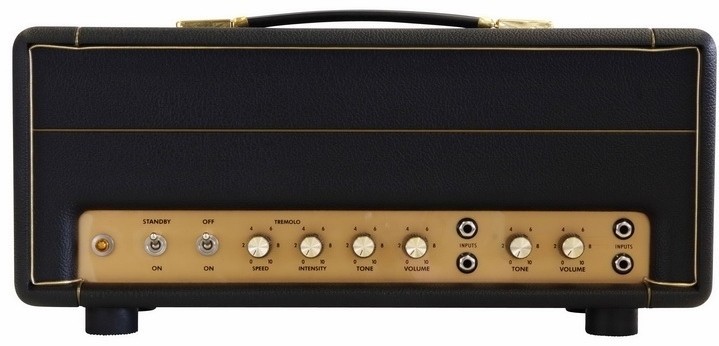« Tips for proper performance »
Warm, pure sound and the wonderful feeling of analogue technology: something only tube amps can offer. On top of all the questions about technical details and the mileage of a tube amp, many users ask us how many watts in an amp we recommend.
It depends…
However, in order to be able to make a concrete statement about the required power consumption of the tube amp, first we have to think about the intended purpose of use. So we’ve divided our guide into two from now to give musicians (especially users of guitar amplifiers) hints and tips on how to find the required power consumption. First, however, we’ll look at the technical connections and answer the question of whether more power is also synonymous with better sound.
Technical basics – Performance specifications of the tube amplifier
They have the task of amplifying a quiet and subdued output signal and connecting the connected speaker to provide a suitable level. To achieve this, they use electron tubes, inside of which the electric current is amplified. The power of an amplifier is indicated in watts. The physical unit of measurement describes how much joule energy a device consumes in a period of one second. In principle, the value of the amp indicates how much energy the device can consume and therefore how much energy can be added to a signal.
More watts in an amp = more volume?
In principle, what this means in practice is that more powerful amps can bring more volume. However, anyone who thinks this means “twice the power = twice the volume” is on the wrong track. Although the acoustic volume (measured in decibels, dB) is influenced by the wattage, it’s not a linear relationship. In fact, you need about four to ten times the power to double the volume! To make matters worse, the human brain or hearing perceives volume increases not linearly, but logarithmically. So the actual increase in volume is less and less perceivable the louder the signal becomes.
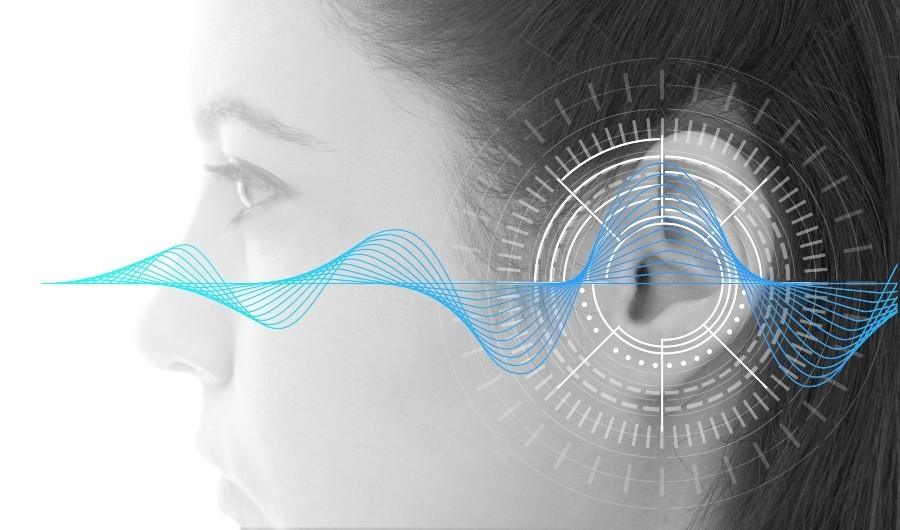
Difference between tube and transistor
The different workflows inside different amplifier types result in a different volume with the same power consumption. Since high-quality tubes get more output volume with significantly less energy, you could call them more effective. So the recommended watt figures for tube amps at the same volume output are usually correspondingly lower. In order to be able to make a statement about the actually required values in watts for the amplifier, in addition to the type of amplifier, the design of the speakers also has to be taken into account. In addition, the type of amp is another basic difference.
Guitar amps
For guitars, typically between 5 and 100 watts in an amp are offered – but there are exceptions in both directions. So, when choosing the right amp, it mainly depends on the intended use of the devices. Live musicians have different demands to guitarists who want to rehearse at home in the living room. Therefore, an important quantity which should be taken into account when picking a tube amplifier is the power, even with instrumental amplifiers. We’ll reveal which service should be used for which purpose.
Determining the wattage for guitar amps
As already described, how many watts in an amp are present, gives less information about the maximum volume than you might think at first. If you’re looking for an amp which is as loud as possible, you should look for high watts – however, being able to play particularly softly with low watts is not always the right thing to do. Tube amplifiers especially tend to have enormous volume reserves even at low wattages. But what’s the difference between high and low amplifier power in the guitar amp?
The answer is: headroom. This term refers to the ability of a tube amplifier to sound undistorted for as long as possible. The larger the headroom, the louder clean sounds can be produced. While guitar amps with lower watts tend to break up and distort earlier, amps with higher watts offer greater headroom and therefore more volume reserves for clear sounds. So, if you rely on distorted tube sounds in your daily playing, you should consider an amp with lower wattages. Here the tube saturations can be achieved faster – your neighbours, listeners and fellow musicians will thank you for it!
Guitar amplifiers in live use
In live use, in locations above a certain size guitar amplifiers are usually picked up by microphone. So halls of any size can be played with small amplifiers; the volume itself is supplied via the PA independently of the amp. However, PAs are rarely available, especially in smaller event rooms. If you’re planning a performance in one of these places and have to assert yourself against your fellow musicians, you should make sure you have enough volume reserves. So fingering on a larger device power is essentially more sensible in smaller, less well-equipped venues than at large concerts in halls.

Guitar amplifiers for rehearsal
Whether in the rehearsal room or when practicing at home: volume is always an issue. Especially with tube sound, the distortion plays a big role. If you want to achieve the most natural “tube sound” possible, you should play in the range of tube saturation. In order to reach this range, the amp must be used to its maximum capacity. The higher the wattage of the device used, the higher the volume required to reach this range.
However, volume should always play a subordinate role, especially when rehearsing at home and also for the band rehearsal in the rehearsal room – the biggest difficulty when it comes to a good sound during the rehearsal is usually keeping the volume low. So in order to achieve rich tube distortions even at low volume, 30-watt amplifiers are usually quite sufficient! Of course, amplifiers with a higher power can also be used, but here, as a rule, a corresponding booster pedal will have to be connected upstream in order to keep the volume at reasonably tolerable level.
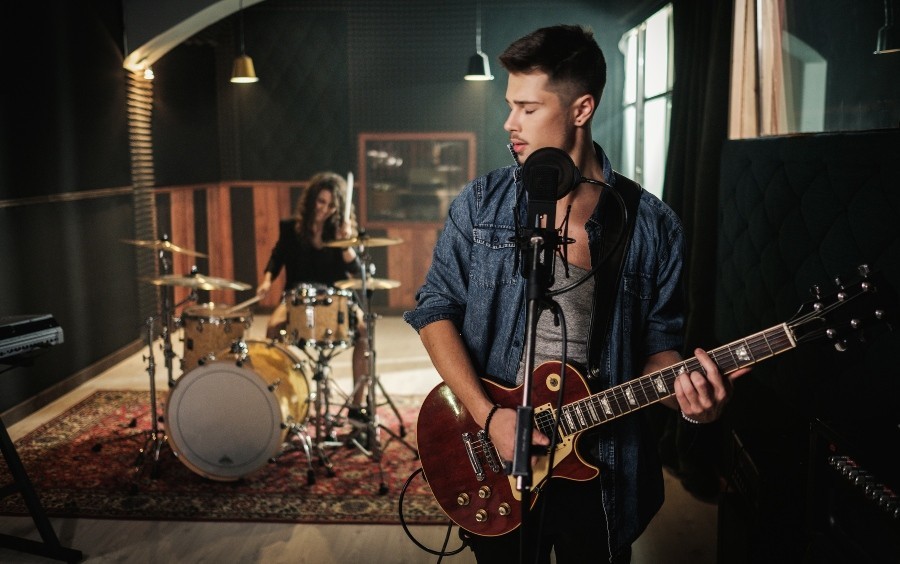
Finding the right wattage for your own amplifier – conclusion
When it comes tube amplifiers, how many watts in an amp you choose, plays a role. In order to correctly classify the required power, the intended use, the environment of the system and the preferred sound characteristics must be connected to each other. If the amp gives wattage values, you should always check whether these are maximum values or average values.
The conclusion “more amplifier wattage is always better” is just as incorrect in the field of instrumental amps as in the hi-fi sector. With extreme performances, more and more raw materials are used and the power consumption increases – but don’t worry: performance specifications should be understood as a rough guide and there is some freedom to experiment!
___________________________________________________________________________________________________________________________
Image sources:
Title image: © carloscastilla – stock.adobe.com
Symbolic image of sound waves on the ear: © Pixsooz – stock.adobe.com
Rock band in concert: © Andrey Armyagov – stock.adobe.com
Band in the rehearsal room: © Nejron Photo – stock.adobe.com
 Tubeampdoctor Magazin
Tubeampdoctor Magazin
